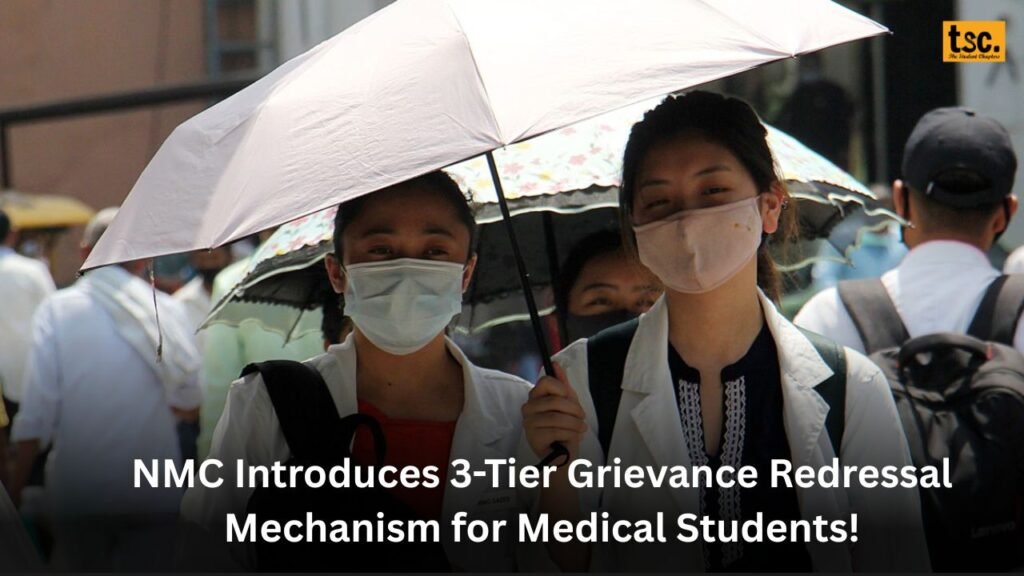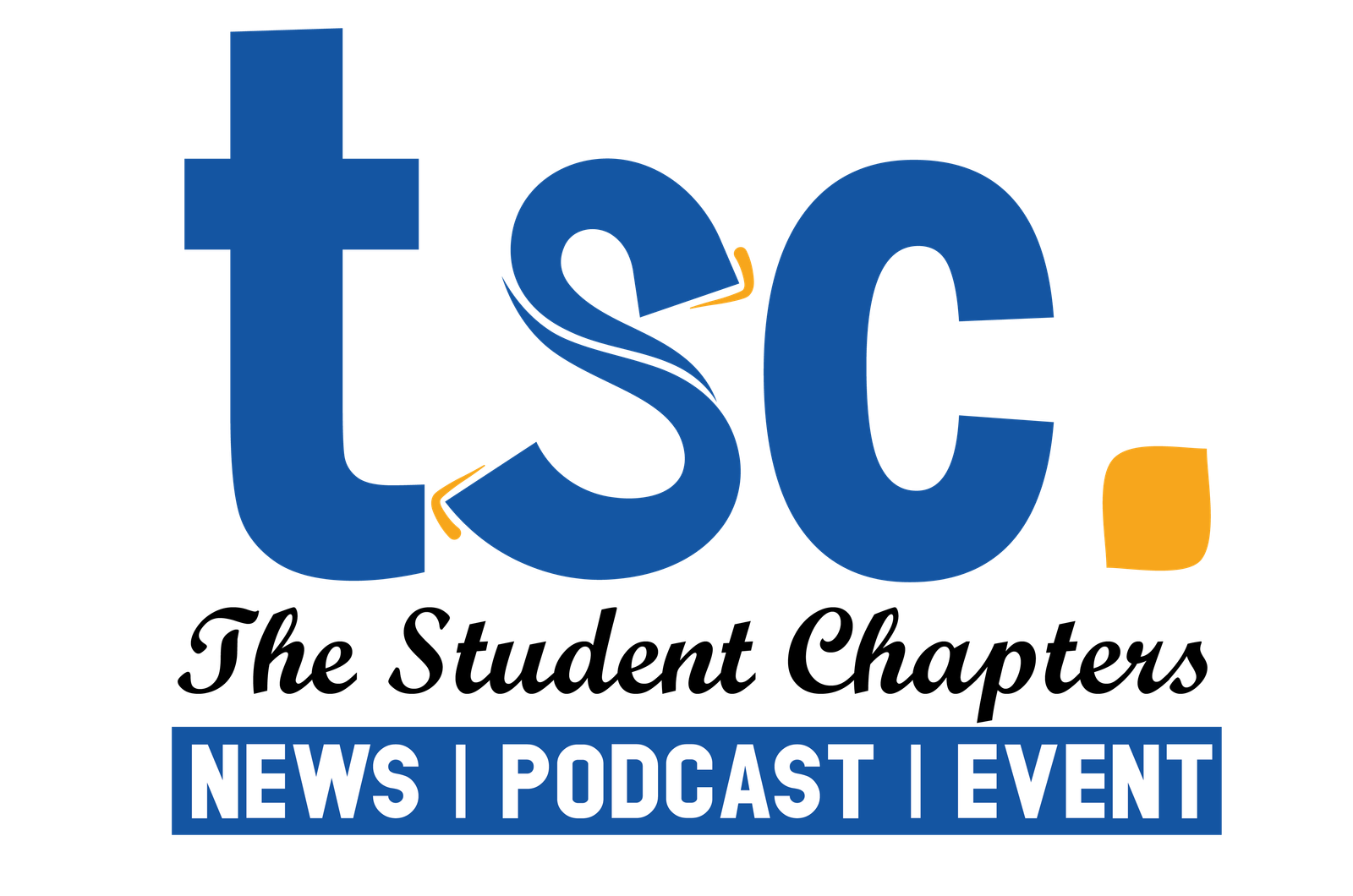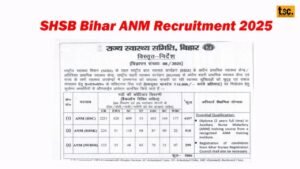NMC Introduces 3-Tier Grievance Redressal Mechanism for Medical Students!

The National Medical Commission (NMC) has taken a proactive step towards ensuring the concerns of medical students are addressed in a timely and effective manner. The introduction of a 3-tier grievance redressal mechanism is a significant development in promoting a supportive and responsive academic environment for medical students.
This mechanism provides a structured framework for resolving grievances related to academic and clinical training issues, ensuring that students’ concerns are heard and addressed at the appropriate level. With a focus on transparency, accountability, and speedy resolution, the NMC’s initiative aims to build trust and confidence among medical students and stakeholders.
In this blog post, we will explore the key features, benefits, and implications of the 3-tier grievance redressal mechanism, and how it can positively impact the academic experience of medical students in India.
What is the 3-Tier Grievance Redressal Mechanism?
The 3-tier grievance redressal mechanism is a structured framework for resolving grievances related to academic and clinical training issues. The mechanism consists of three levels:
- Level 1: Medical College or Institute – Students can register their complaints with the medical college or institute.
- Level 2: University – If the issue is not resolved at the college level, students can approach the university.
- Level 3: Directorate of Medical Education or State Health Department – If the grievance still remains unresolved, it can be escalated to the Directorate of Medical Education or the health and medical education department of the state.
Before proceeding further, take a look at: AP POLYCET 2025 Seat Allotment Result Released: Check Your Allotment Status Now!

Key Features of the Mechanism
The NMC’s 3-tier grievance redressal mechanism has several key features that ensure effective and speedy resolution of grievances. Some of the notable features include:
- Web Portal for Grievance Registration: Colleges and universities are required to create a web portal to register grievances. This will enable students to submit their complaints online and track the status of their grievances.
- NMC Web Portal for Unresolved Grievances: A web portal has been activated at the NMC level for lodging unresolved grievances. This will ensure that grievances that are not resolved at the college or university level can be escalated to the NMC for necessary resolution.
- Emphasis on Speedy Resolution: The NMC emphasizes the need for effective and speedy resolution of grievances at the level from where they originate. This will ensure that grievances are addressed in a timely manner and do not linger on for long periods.
Do not miss out on reaidng on: Understanding Geographical Indications (GI) and the Law in India
Benefits of the 3-Tier Grievance Redressal Mechanism
The 3-tier grievance redressal mechanism introduced by the NMC has several benefits for medical students and stakeholders. Some of the notable benefits include:
- Clear and Structured Process: The mechanism provides a clear and structured process for resolving grievances. This will enable students to understand the process and navigate it easily.
- Transparency and Accountability: The mechanism promotes transparency and accountability in the grievance redressal process. This will ensure that grievances are addressed in a fair and unbiased manner.
- Building Trust and Confidence: The mechanism will help build trust and confidence among medical students and stakeholders. This will promote a positive academic environment and ensure that students feel supported and heard.
Cast your eyes on: Canadian Colleges Face Employment Crisis: 10,000 Jobs Lost Due to Decline in Indian Student Enrolment!
Types of Grievances that Can be Addressed
The 3-tier grievance redressal mechanism can address a wide range of grievances related to academic and clinical training issues. Some of the notable types of grievances that can be addressed include:
- Academic Concerns: Grievances related to curriculum, attendance, teaching methods, examinations, and assessments can be addressed through the mechanism.
- Clinical Training Issues: Grievances related to clinical training, internship, and residency can be addressed through the mechanism.
- Fee-Related Issues: Grievances related to excessive fees, delay or non-payment of stipends can be addressed through the mechanism.
- Ragging or Harassment: Grievances related to ragging or harassment can be addressed through the mechanism.
Implementation of the Mechanism
The successful implementation of the 3-tier grievance redressal mechanism requires a concerted effort from all stakeholders. Some of the key steps that need to be taken for effective implementation include:
- Creating Awareness: Awareness about the mechanism needs to be created among medical students and stakeholders. This can be done through various means such as workshops, seminars, and online campaigns.
- Training of Staff: Staff members who will be responsible for addressing grievances need to be trained on the mechanism and the process of grievance redressal.
- Monitoring and Evaluation: The mechanism needs to be monitored and evaluated regularly to ensure that it is functioning effectively.
Read more: Beyond the Boardroom: India’s Evolving M&A;A Ecosystem

3-Tier Grievance Redressal Mechanism Challenges and Limitations
While the 3-tier grievance redressal mechanism is a significant step towards promoting a supportive and responsive academic environment, there are several challenges and limitations that need to be addressed. Some of the notable challenges and limitations include:
- Resistance to Change: There may be resistance to change from some stakeholders who may not be willing to adopt the new mechanism.
- Lack of Awareness: There may be a lack of awareness about the mechanism among medical students and stakeholders.
- Inadequate Resources: There may be inadequate resources to implement the mechanism effectively.
Conclusion
The National Medical Commission’s (NMC) introduction of a 3-tier grievance redressal mechanism marks a significant milestone in promoting a supportive and responsive academic environment for medical students in India. By providing a structured framework for resolving grievances related to academic and clinical training issues, the NMC aims to ensure that students’ concerns are heard and addressed in a timely and effective manner.
With its focus on transparency, accountability, and speedy resolution, this mechanism has the potential to positively impact the academic experience of medical students, fostering a culture of trust and confidence. As the medical education landscape continues to evolve, the NMC’s initiative is a step in the right direction towards creating a more student-centric and responsive education system.
Stay tuned on our website, as if any official information pops up then we will update you in minutes! If you want all the latest updates on time, then join our student community on WhatsApp!
Choose the right career yourself by booking personal guidance from professionals on Mytagapp.com







